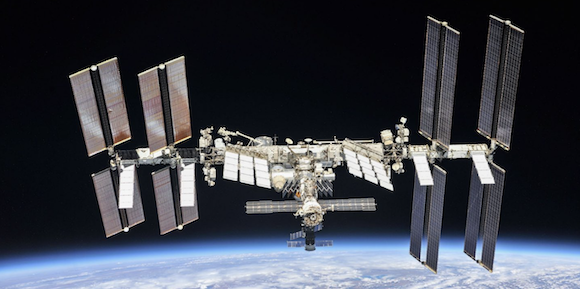Cornell software supports Additive Manufacturing on International Space Station
February 7, 2022

Modelling software from Cornell University, Ithaca, New York, USA, has been successfully tested on board the international space station (ISS) as part of a collaboration between the university, Hewlett Packard Enterprise (HPE), NASA and the ISS US National Laboratory. The software, created by the Cornell Fracture Group, simulates the Additive Manufacturing process and allows the user to build more successful parts.
The experiment, conducted on January 1, was part of an ongoing effort to demonstrate the functionality of the HPE Spaceborne Computer-2, an edge computing system with artificial intelligence capabilities which is expected to enable real-time processing of large amounts of data in space, without the data being relayed between Earth.
For the last year, astronauts have been running an array of experiments on the system, ranging from processing medical imaging to DNA sequencing to Additive Manufacturing. While on earth AM can benefit from simulation models, it becomes all the more important in space. The lack of gravity, differences in time and spatial scales, and radical changes in temperature could all hinder the process, resulting in wasted material and unusable parts.
“Let’s say you’re in space and you need a part,” stated Derek Warner, professor at the College of Engineering who heads the Cornell Fracture Group. “If you just were to draw the part or upload a CAD file to your 3D printer and press print, it probably won’t work, just because 3D printing isn’t at that level of maturity. You would need to adjust the printing process and the parameters, so it will come out successful and you won’t waste your material.”
Utilising experience gained in the Cornell Fracture Group, where research is conducted to better understand the deformation of AM structures, doctoral student Terrence Moran designed the modelling software to act as a virtual Additive Manufacturing machine, in an effort to save time and material.
“Previously, this was computationally infeasible due to discrepancies in time and spatial scales and high thermal gradients,” Moran stated. “So we developed the software with a physics-based model, made it portable, and uploaded it to the ISS. It was successfully run and the results were consistent with the results we’d done during our research. The timing and everything were the same.”
On the potential applications of this software, Warner concluded, “One of the allures of 3D printing is that you can manufacture locally. So the neat thing about this is that, while space might be the most extreme environment, for the military or on oil rigs or other places, there’s also going to be a need for doing the same thing. This demonstrates that it’s possible.”
















